The seventh tender under the New South Wales (NSW) government’s Electricity Infrastructure Roadmap will officially open October 2 seeking 500 MW of firming or demand response capacity that is to be operational before the end of 2027.
The state government is looking for bids from technologies including standalone batteries, demand response and aggregated portfolios of smaller batteries. Co-located generation and dispatchable assets that share a common measurement point and gas projects are also eligible to participate.
ASL, which is conducting the tender in its capacity as the NSW Consumer Trustee, said projects must have a minimum capacity of 5 MW and be able to dispatch continuously at their maximum for a minimum duration of about two hours.
The tender is prioritising projects able to support the major load centres of Sydney, Newcastle, and Wollongong and projects must be able to achieve commercial operations prior to November 2027.
The winning bids will be awarded a long-term energy service agreement (LTESA) contracts.
“This is a standalone opportunity for project proponents to secure a firming or demand response LTESA that can be used to accelerate delivery and support revenues when in operation,” ASL Chief Executive Officer Nevenka Codevelle said.
The tender forms part of the state’s infrastructure road map which is seeking multiple gigawatts of renewable generation and storage capacity to address the gap created by the scheduled closure of the state’s ageing coal-fired power generators.
NSW Energy Minister Penny Sharpe said this tender is focused on unlocking firming capacity where it’s needed most, aiming to support projects that can deliver reliability to the state’s energy system.
“As we continue to transform our energy system, we know there will be challenges, which is why we’re taking decisive steps now to keep the lights on and prevent price spikes down the track. That’s what this is about,” she said.
Sharpe said about 36% of the state’s electricity supply currently come from renewable sources, and projects already contracted and in construction will take the state more than two thirds of the way to its 2030 renewable energy generation goal, and about 40% of the way to its 2030 long-duration storage target.
This content is protected by copyright and may not be reused. If you want to cooperate with us and would like to reuse some of our content, please contact: editors@pv-magazine.com.
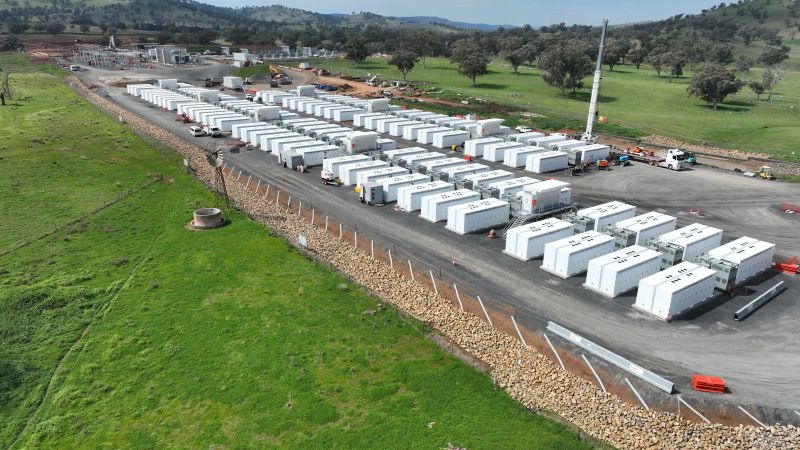
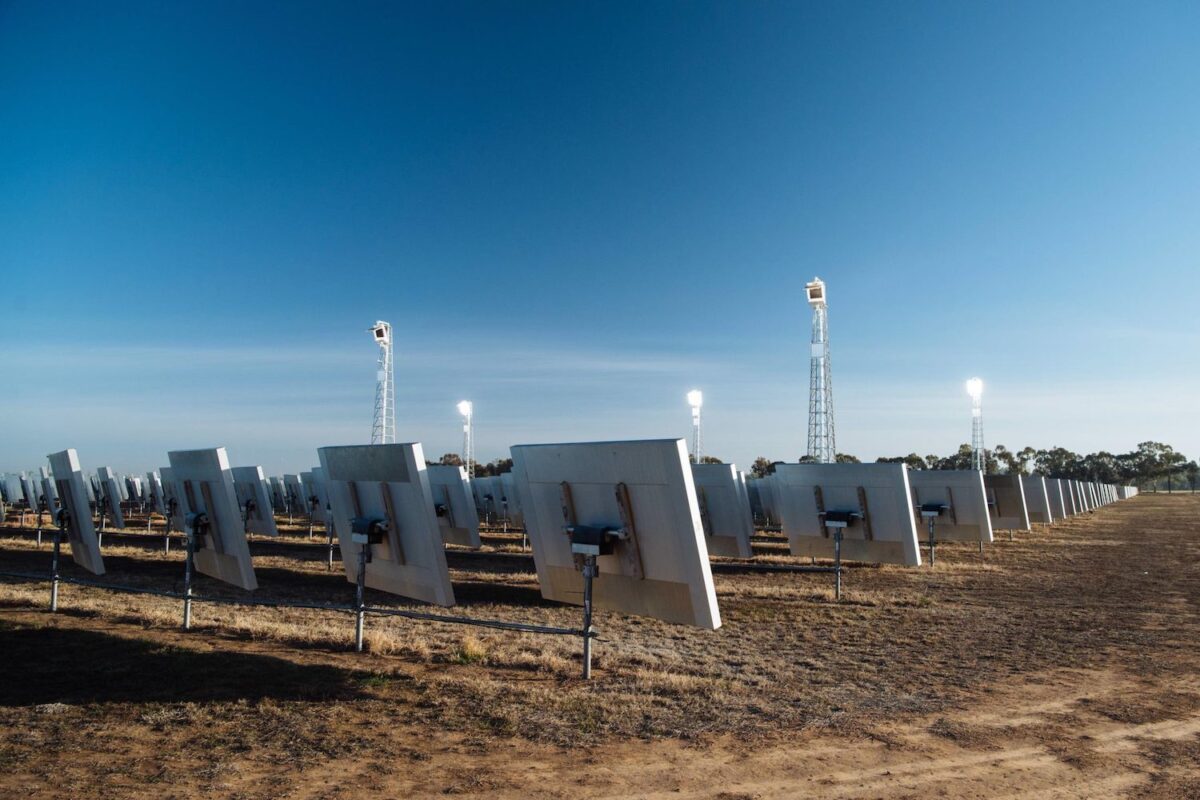
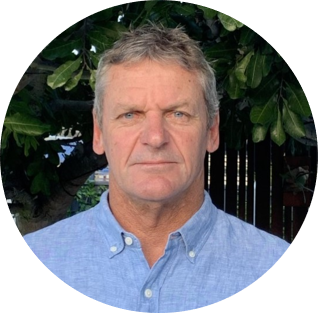

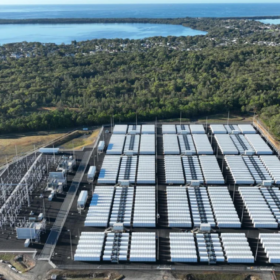
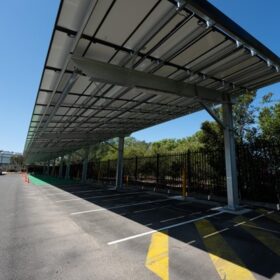
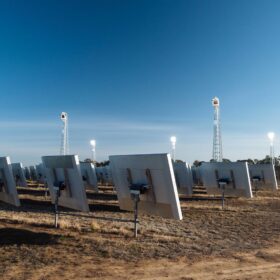
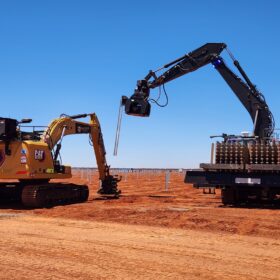
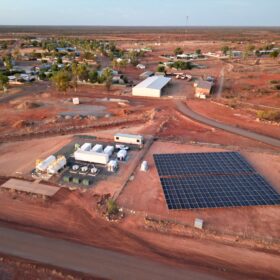
By submitting this form you agree to pv magazine using your data for the purposes of publishing your comment.
Your personal data will only be disclosed or otherwise transmitted to third parties for the purposes of spam filtering or if this is necessary for technical maintenance of the website. Any other transfer to third parties will not take place unless this is justified on the basis of applicable data protection regulations or if pv magazine is legally obliged to do so.
You may revoke this consent at any time with effect for the future, in which case your personal data will be deleted immediately. Otherwise, your data will be deleted if pv magazine has processed your request or the purpose of data storage is fulfilled.
Further information on data privacy can be found in our Data Protection Policy.